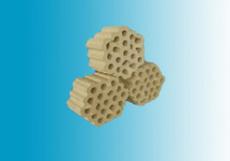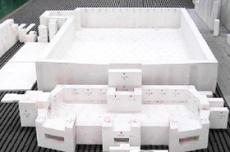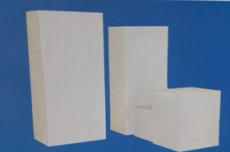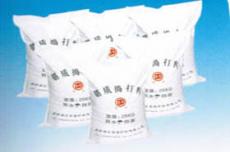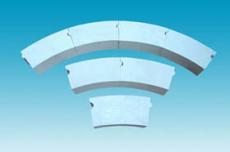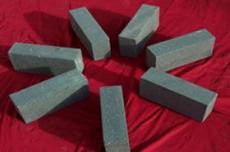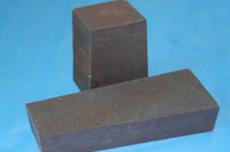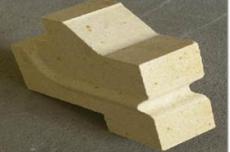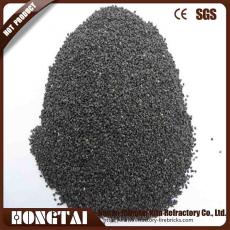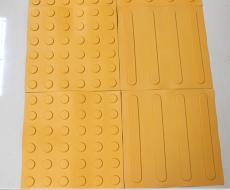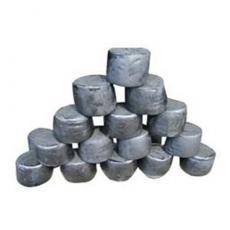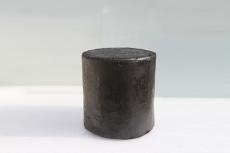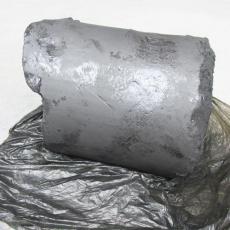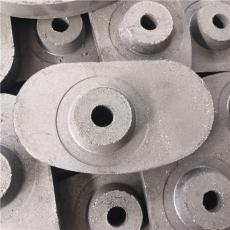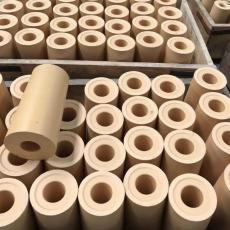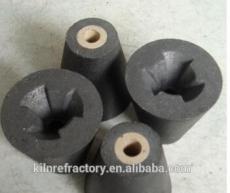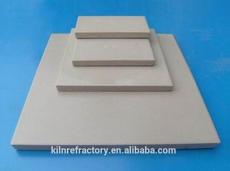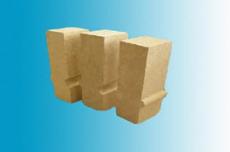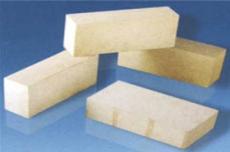
After a period of operation, the boiler will have lining wear after cracks appear in the castable. In severe cases, the boiler will be directly damaged, affecting normal operation. In order to extend the service life of the boiler, castables are basically used to repair the parts of the boiler that are more severely worn, but after the construction is completed, castables may crack. Why does this problem occur? To solve this problem, you must first know the cause of the cracks.
01 Control of water-cement ratio when mixing castables
Adding too much water to the castable during mixing can easily make the internal porosity of the castable high after molding, reduce the strength, and take too long to solidify naturally, which will increase the curing time. If too little water is added, the castable will have poor fluidity, the vibration will not be dense, and it will easily leave pores and bubbles, etc., and the strength will be greatly reduced.
02 Control of mixing time and construction time
When mixing the castable, the mixing time must be strictly controlled. If the time is too short, the castable will be unevenly mixed, not dense, and the strength will be reduced; if the mixing time is too long, the castable will be easily stratified, fine powder will float on the surface, and aggregate will sink to the bottom, resulting in reduced strength and easy peeling of the castable. The castable should be used up within 30 minutes after mixing.
03 Poor demoulding time control
Here, it means that the castable is demoulded before it is completely hardened. When is the most appropriate time to demould? It should be removed when the strength of the castable can be guaranteed and its edges and corners are not damaged by demoulding. In order to facilitate demoulding, a layer of engine oil should be applied to the casting surface of all molds before pouring.
04 Control of castable curing time
After the construction of the castable is completed, there should be enough natural drying period so that most of the moisture in the refractory layer can be precipitated, in order to prevent a large amount of moisture from being discharged in time during the furnace baking, causing the refractory layer to burst and fall off. The principle of furnace drying is "long rather than short, slow rather than fast". It should be carried out according to the furnace drying curve formulated in advance, the heating speed should be uniform and stable, the constant temperature time and temperature should be controlled well, and the temperature fluctuation should be kept within ±20℃. It should prevent the temperature from rising too fast, the moisture cannot be discharged in time, and the wear-resistant and refractory layer should be broken; secondly, it should prevent the temperature fluctuation in the refractory and wear-resistant layer from being too large, which will generate huge thermal stress and cause the wear-resistant and refractory layer to crack, bulge, and fall off.
